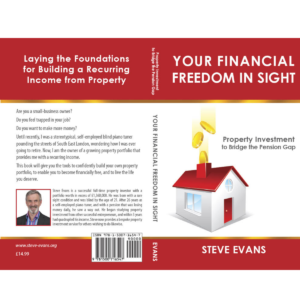The last couple of years have been a bit of a roller coaster, to say the least! Like most people, I’ve had my ups and downs, but I recently have discovered something amazing and just couldn’t wait to tell you about it.
Did you know that you can claim back 50% of all your bank payments? This includes any payments made from any current account, be it personal or business. This is a new service so I advise you to jump in now to be first in the queue.
I’ve probably blown your mind by now, and I know you will have a million questions. One of the first questions I get asked is, ‘Why 50%?’ Well, quite simply, some of it goes in taxes and some of it in fees.
Maybe you think is just too good to be true. I promise you this is not a loophole, or a tax dodge, or a scam. It is your absolute right. If you are in the least bit curious, have a look at the attached article which gives you a bit more of an idea.
Matrix Freedom offers a suite of services based on your inalienable rights, and this is just one of them. You can find out more by following the link to access a library of documents and videos.
If you’d prefer to have a chat with me about it, why not book a free 45-minute call with me here:
